Science on Campus and Beyond
The College of Natural Sciences is where prize-winning research happens and where students discover planets, as well as new species. In Austin, repeatedly named the best college town in America, spots abound for grabbing a breakfast taco or kicking back in the shade of a live oak tree.
On the main campus, or what’s known as the Forty Acres, scientists discovered folic acid, which today prevents thousands of birth defects. They engineered spike-protein technology used in COVID-19 vaccines. They created the scanning electrochemical microscope, which led to countless medical and technological breakthroughs. They developed the first secure sockets layer, the basis for safe online transactions. Beyond the Forty Acres, in our Texas Field Station Network, McDonald Observatory, Marine Science Institute and Wildflower Center, more amazing contributions have been made, and you have opportunities to explore.

UT Campus
Our Texas Science community explores, investigates and engages with life all around. That includes in natural habitats like Waller Creek, the UT turtle pond and other spots that offer a scientific sandbox, located right here on our campus. The public enjoys science experiences here, including at star parties that use telescopes atop two of our academic buildings, PMA and PAI.
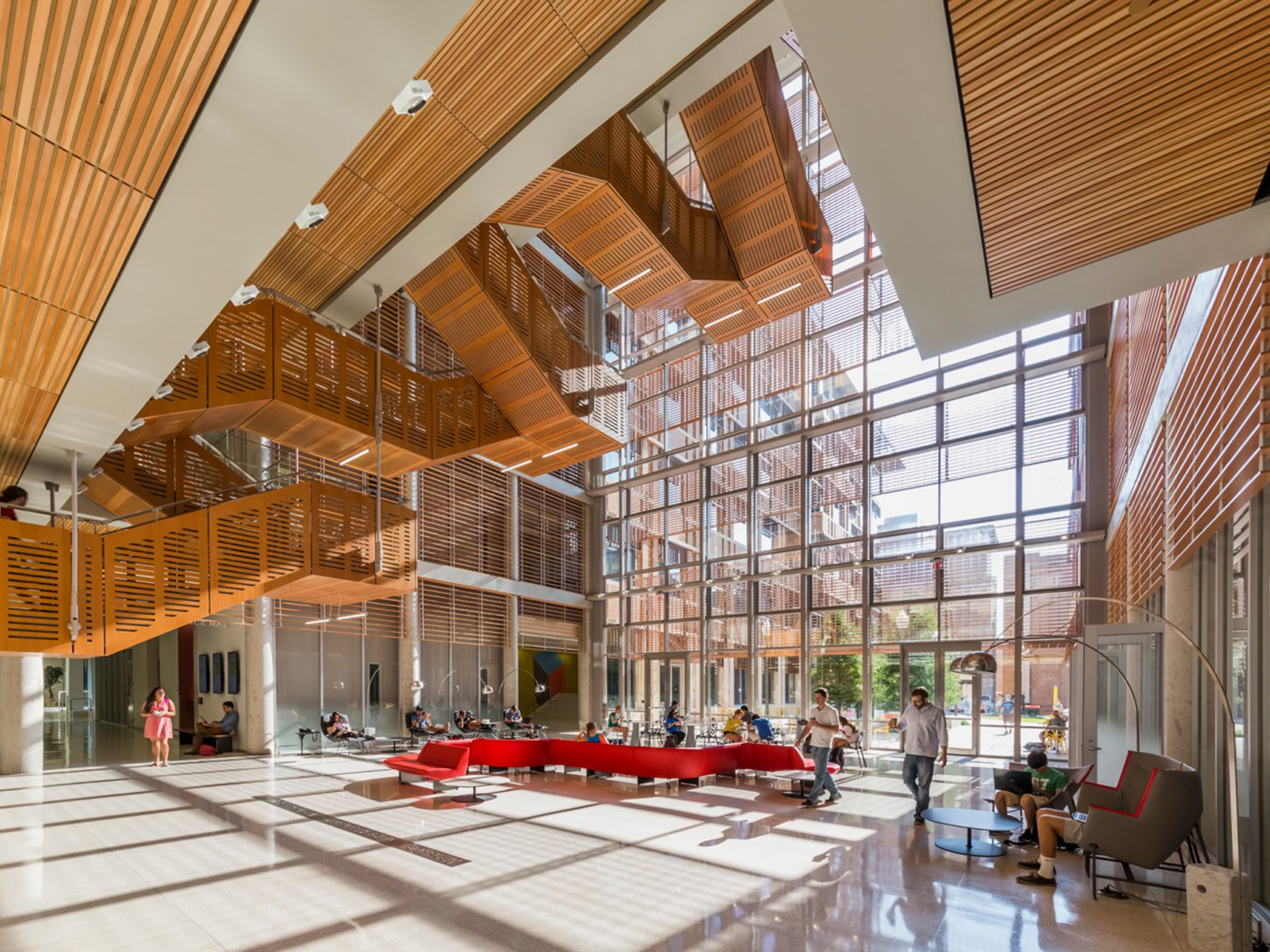
Gates-Dell Complex
Computer scientists at UT Austin are among the world’s leading researchers in artificial intelligence and systems. Top experts in areas ranging from cyber security to machine learning delve into projects as diverse as creating a winning robotic soccer team or developing tools to assess quantum computers. Centrally located, the Gates-Dell Complex is a hub for innovation and ideas.
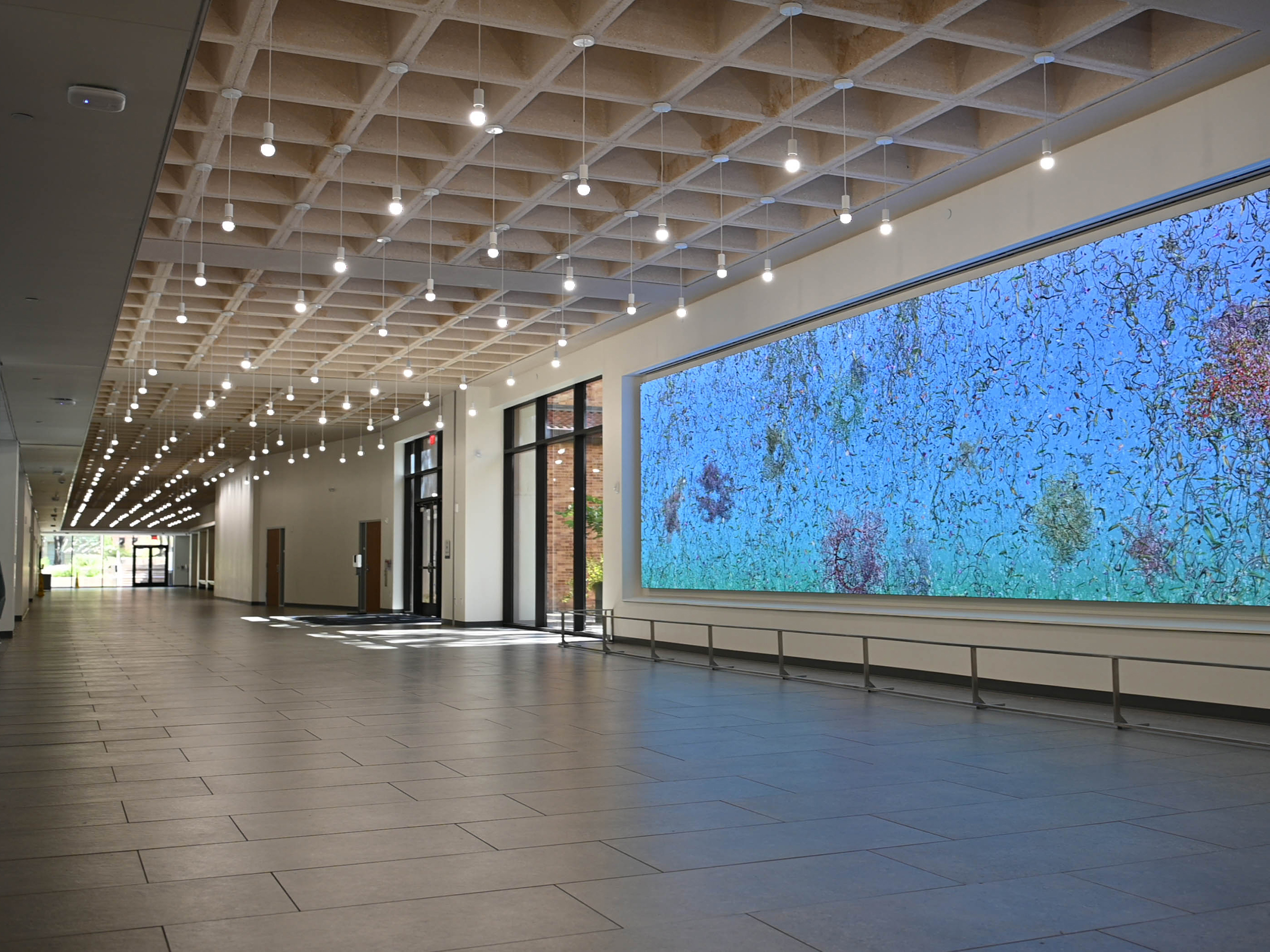
Welch Hall
The largest academic building on campus, Welch serves as a nucleus of discovery, learning and research, where chemists, biophysicists, molecular bioscientists and students make cutting-edge discoveries. It’s hallowed ground, where discoveries have been made that mean life-saving medical diagnoses and technologies that improve the devices that today power our lives. Researchers here seek to improve solar energy devices, make better microprocessors and fight Alzheimer’s disease, while students collaborate and enjoy a new MakerSpace all in Welch Hall.
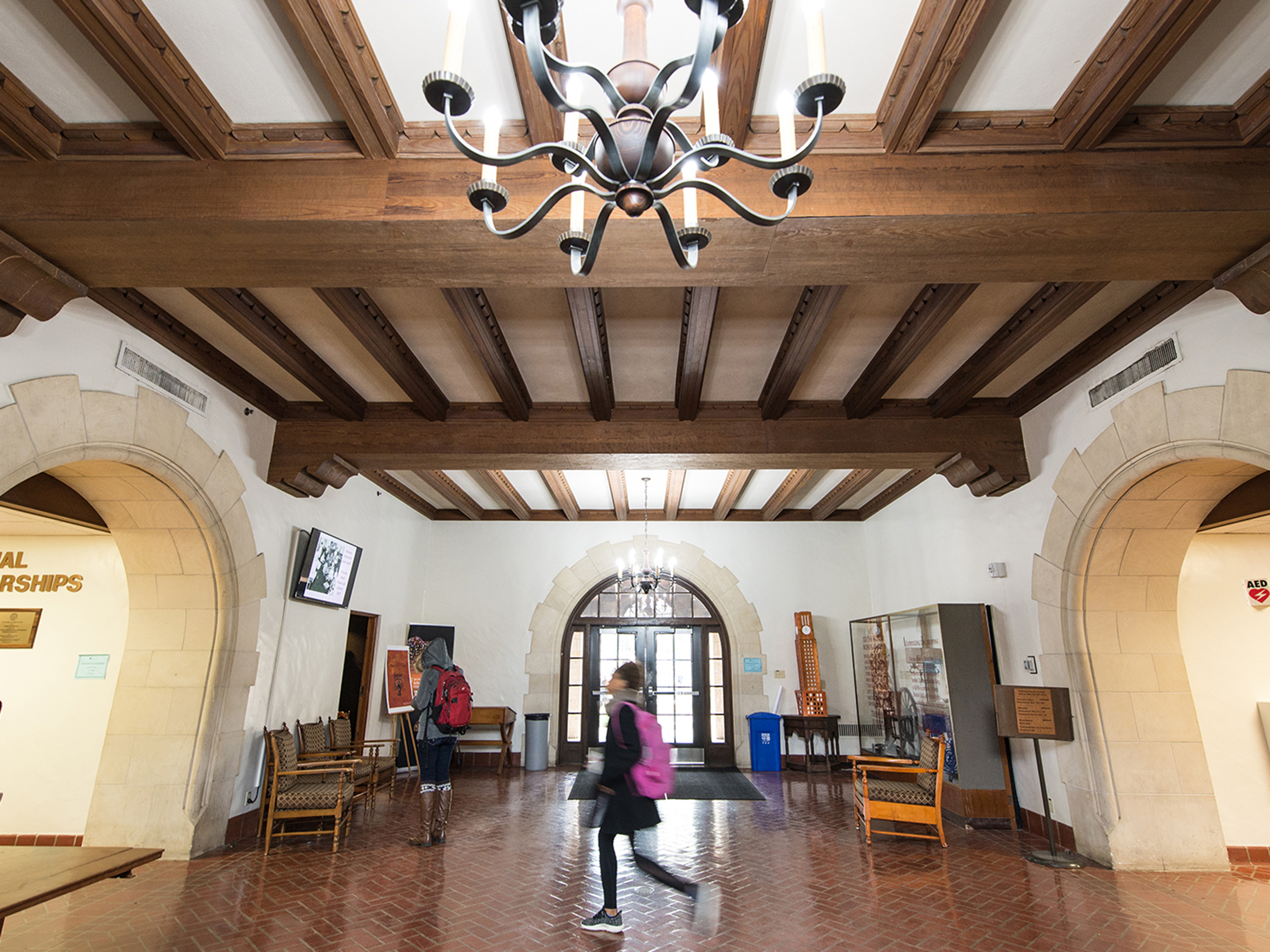
Gearing Hall
Through the halls and picturesque courtyard of Gearing Hall have walked true giants of child development, nutritional science, public and community health and fashion design. Following in the paths of other big thinkers whose ideas have helped influence our everyday lives, students and researchers here dive into the science at the crux of our human experiences. For Longhorns that means getting real—in laboratories, research, internships and projects—with learning that’s active and ideas that matter in and beyond Gearing.
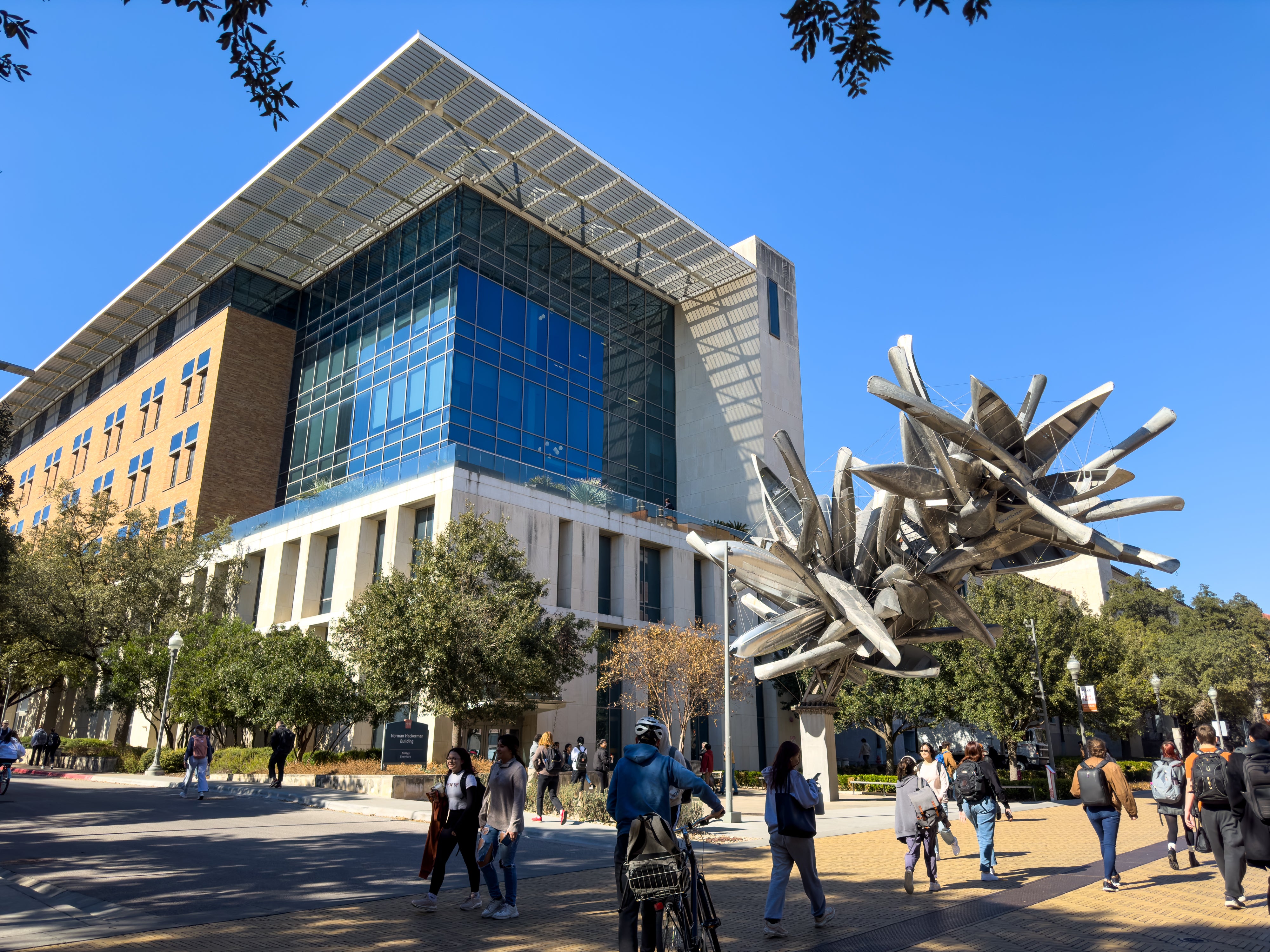
Hackerman
Eye-opening discoveries about some of the world’s most complex mysteries take place in the Norman Hackerman Building, where neuroscientists, chemists, biomedical researchers and students grapple with pressing questions about the intricate systems that undergird our lives. Understanding the human brain, unraveling ways to stop cancer, developing vaccines and therapeutics—these are just some of the goals driving scientists in Hackerman.

Texas Science & Natural History Museum
Located on the UT Austin campus, our Texas Science & Natural History Museum tells the story of life in Texas—from the formation of our planet to the age of dinosaurs and beyond, and from prehistoric fossils to modern scientific discoveries. Formerly known as Texas Memorial Museum, this historic institution also hosts special educational events and welcomes group visits, offering dynamic experiences that inspire curiosity and learning.
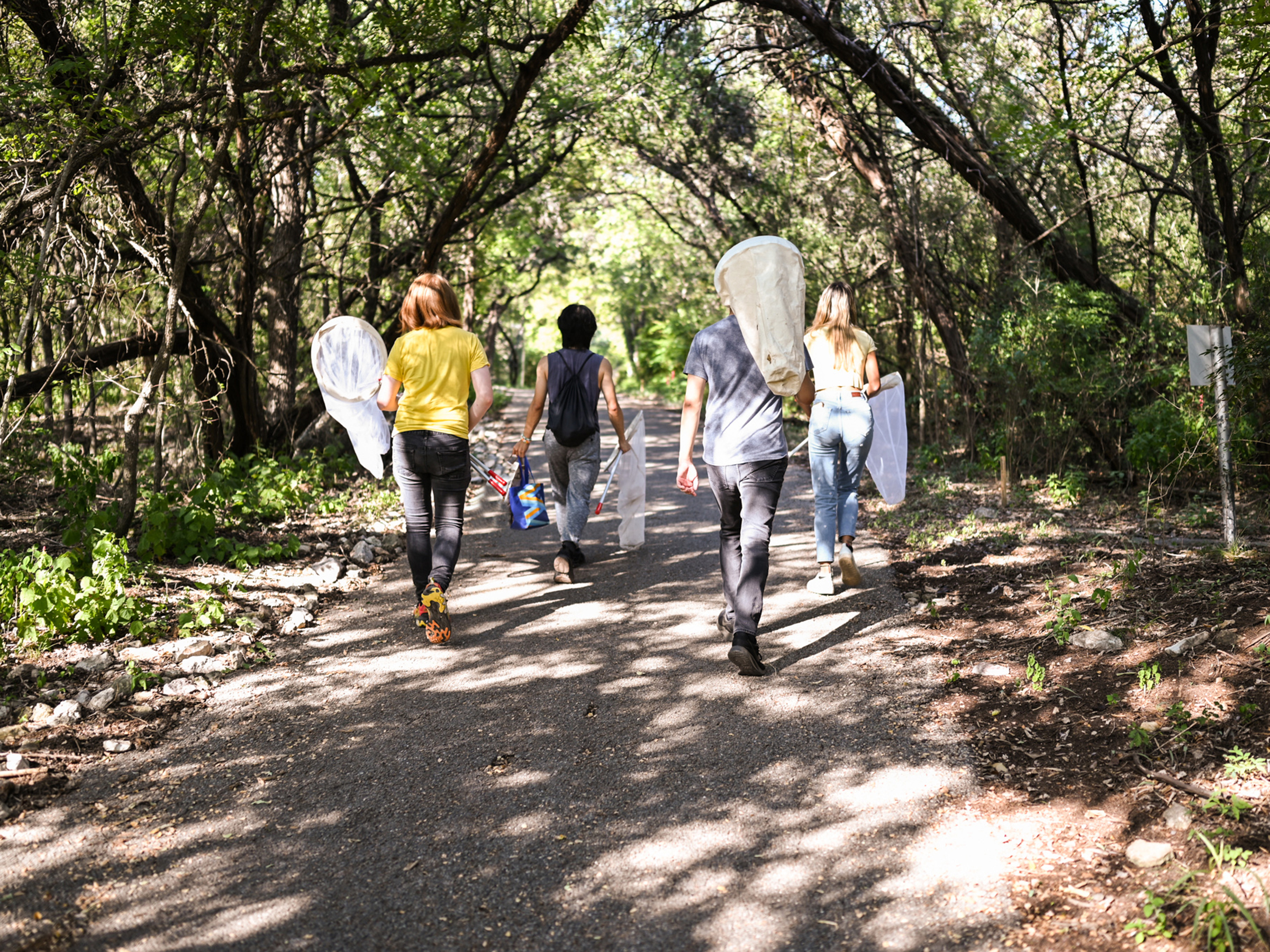
Texas Field Station Network
Enter a portal for understanding our natural world, and contribute at one of these engines for discovery. At each field station in our network scientists develop insights about ecosystems, students explore the natural world and outdoor laboratories become catalysts for discoveries about the land, waterways and living things that make up our world. Stengl Lost Pines Biological Station, the Brackenridge Field Laboratory and Lady Bird Johnson Wildflower Center are among the nearby gems of our growing network.
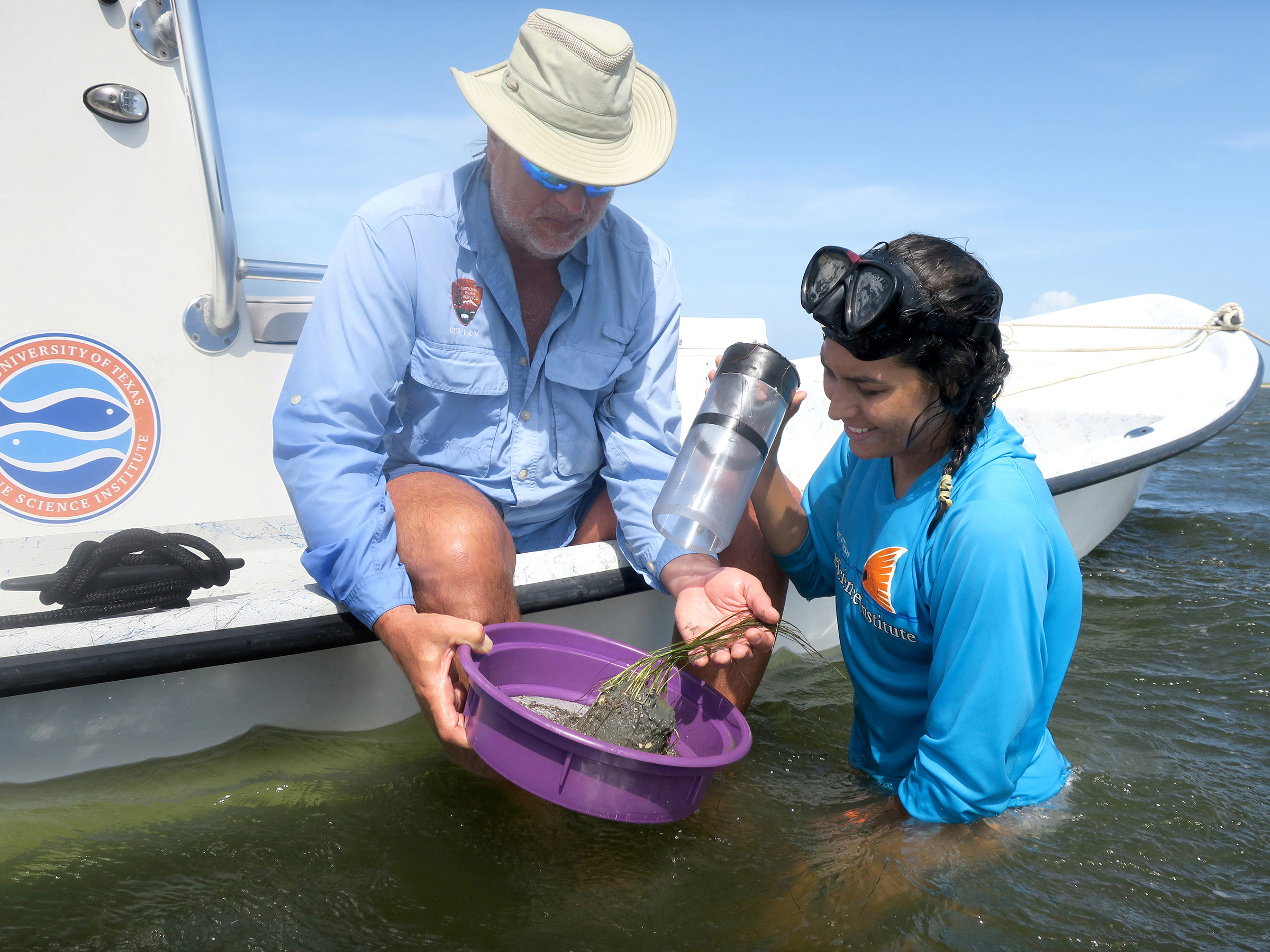
Marine Science Institute
Nestled amid the jetties and beaches of Port Aransas, The University of Texas at Austin Marine Science Institute represents the oldest and most significant marine research facility on the Texas coast. Scientists and students here reshape the world’s understanding of its oceans and coastal life, while educating a global population that depends on ocean ecosystems from MSI.
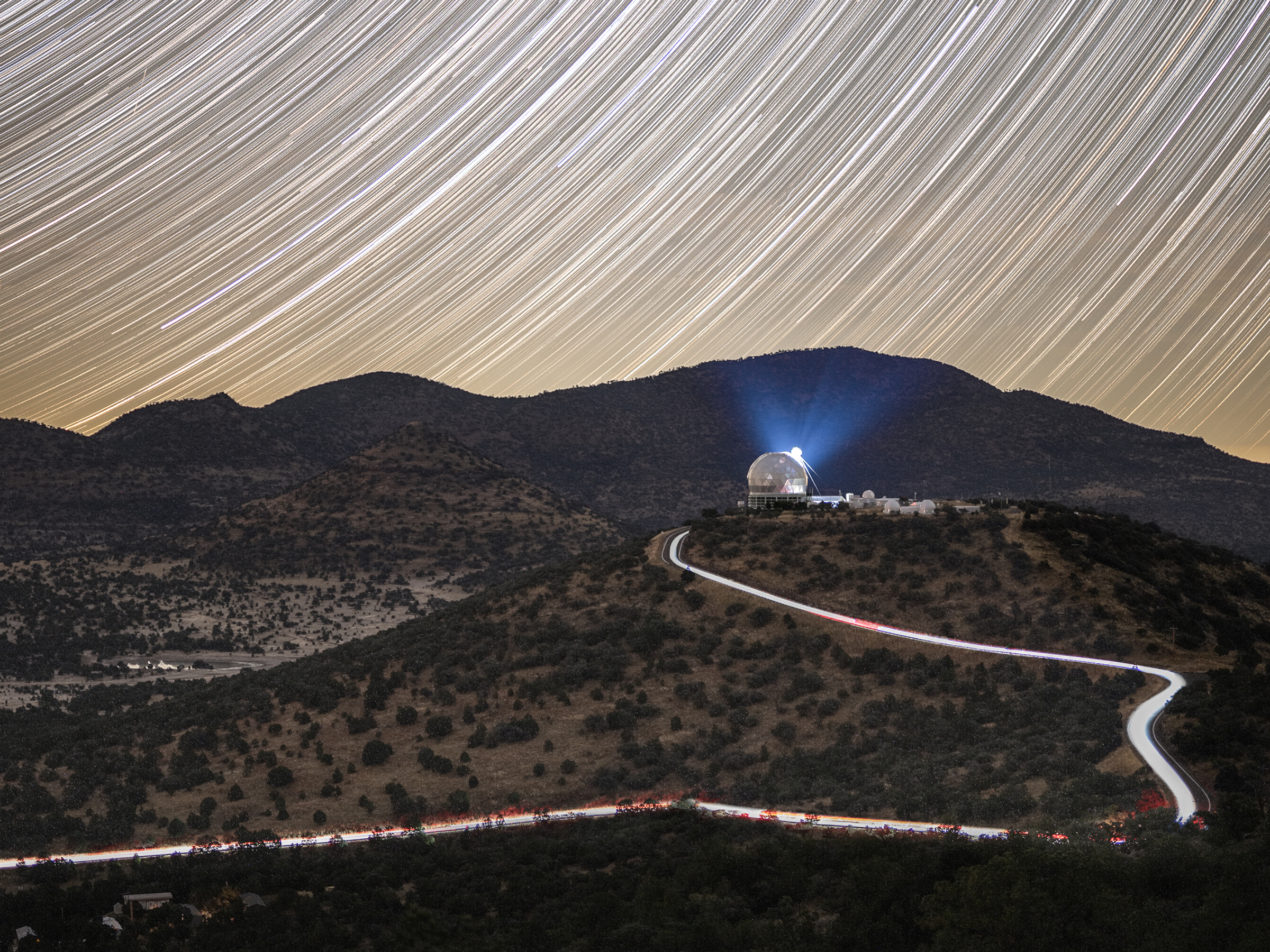
McDonald Observatory
Located atop Mount Locke and Mount Fowlkes in the Davis Mountains of West Texas, one of the world's leading centers for astronomical research, teaching and public education and outreach is part of the College of Natural Sciences. UT Austin astronomers are helping to build the historic Giant Magellan Telescope in Chile, but Texas offers its own marvels. With some of the darkest night skies in the continental United States and world-class telescopes, the McDonald Observatory is a unique destination.
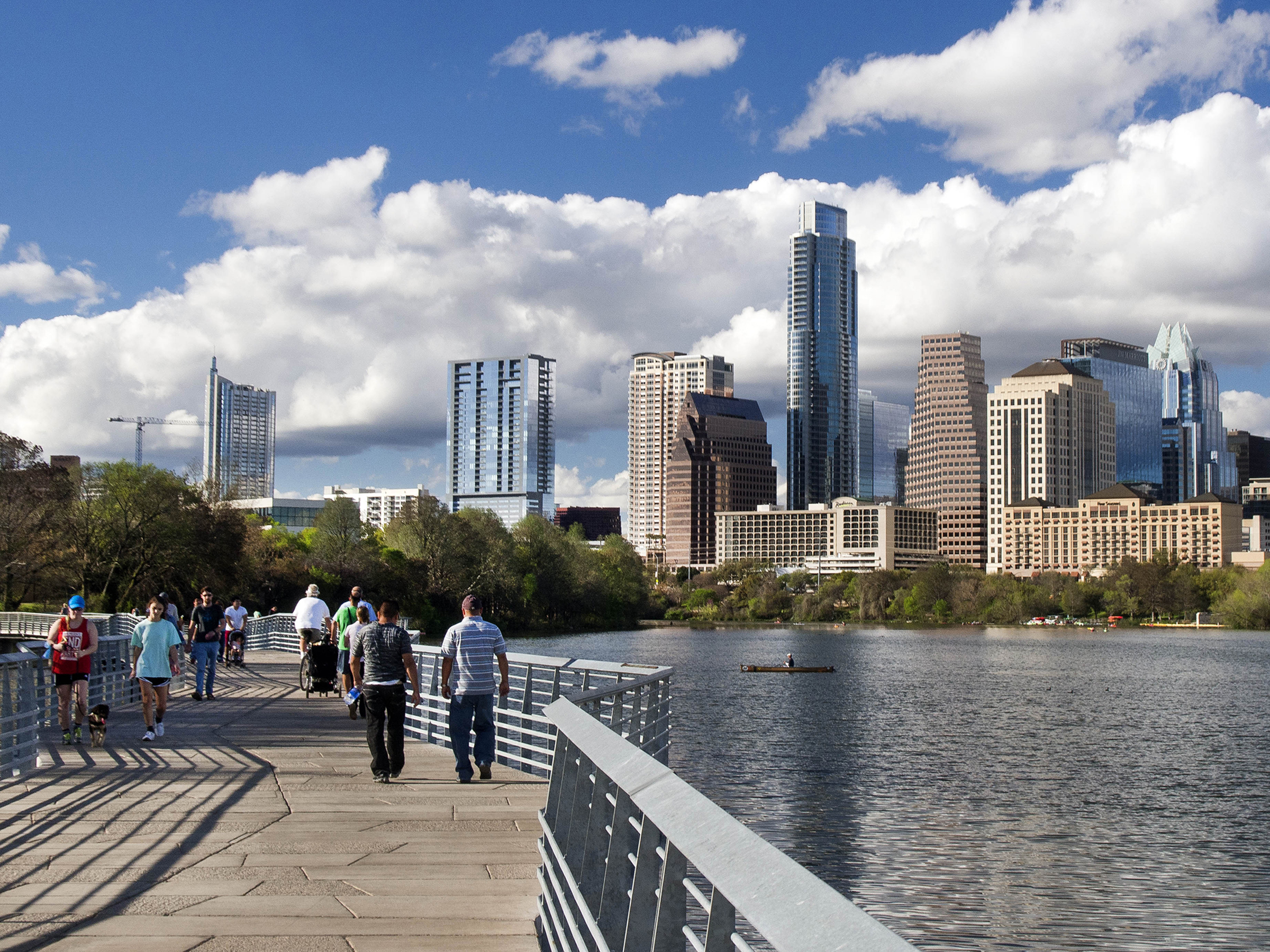
Austin
Our university town is also home to Dell, SXSW, Tesla and countless tech, health and cultural powerhouses. The city blends entrepreneurial spirit with a laid-back vibe. Enjoy live music and world-class cuisine. Sample hike-and-bike trails, swimming holes and funky neighborhood shops. Make your voice heard in the state’s capital city, or get involved at the Dell Medical School and local community organizations. From natural beauty to unique character to innovation all around, one of the best cities on the planet is our own Austin, Texas.
